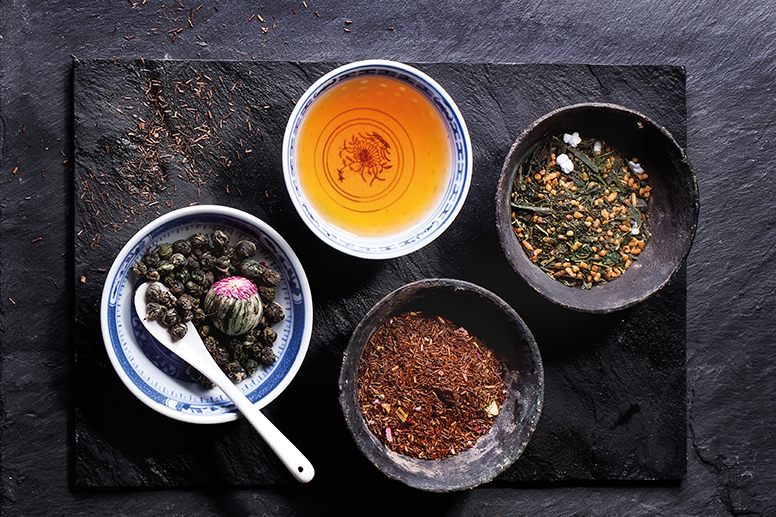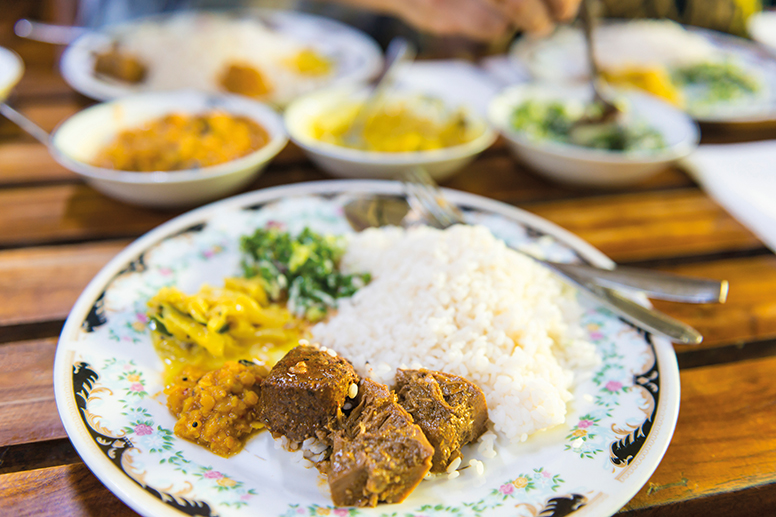The totally tropical tastes of Sri Lanka have spiced up chef Alex’s outlook – and his menus
I’ve just returned from a blissful fortnight’s holiday in Sri Lanka. After a full year of work, during which the longest break I had out of the kitchen amounted to a brief three-day trip to Marrakech after my wedding in June, this break felt less like a luxury and more like a necessity. Engaging with a new country, climate, culture and cuisine really is the best way to recharge your batteries, with the latter certainly being the most exciting and inspirational for me.
The food in Sri Lanka is redolent of that of southern India – being a tropical island nation ensures an abundance of great fish and coconuts – but it also has a distinct identity of its own. Curries are light and slightly sour, spice mixes are complex and often roasted to a dark, rich colour which imparts deep flavours, often with cinnamon at the heart. The spice is native to the island and continues to be a major export crop. Its use outside of sweet preparations was, at first, revelatory.
The island’s signature dish, if it can be described as such, is the simply named ‘rice and curry’ but its short title belies its intricate and generous reality. A mound of rice is surrounded by as many as nine or ten different preparations including meat curries, lentil dhals, vegetable curries and a number of sambols – usually cold preparations such as chutneys that provide delicious counterpoints of spice, freshness, acidity and heat, depending on how you wish to balance your dish.
“The name rice and curry belies the intricate and generous beauty of the island’s signature dish”
Dhal and curry, often coconut based, make an appearance at breakfast too, alongside string hoppers, which are similar to thin rice noodles with a slightly stickier texture.
Although rice is Sri Lanka’s near ubiquitous staple starch, flatbreads like rotis also make an appearance, either in stacks where they are used as an ersatz spoon in the absence of cutlery, or folded around delicious curry fillings for an amazing snack that kept calling me back as we navigated the island’s trundling railways.
Perhaps the best use of rotis, though, is in kottu roti, where they are chopped and fried on a huge hot plate along with egg and vegetables. Chicken, fish or even cheese might make an appearance too and the result is probably best described as being reminiscent of chow mein. It is stodgy, filling and totally delicious, especially when paired with a fiery chilli sambol – essentially it is perfect fodder for soaking up excess beer and arrack, Sri Lanka’s pungent local grog distilled from the sap of coconut flowers.
Less aggressive refreshment almost always came in the form of some of the finest tea I have ever tasted – delicate single-estate brews that would make tea lovers the world over weep, and doubtless would cost a small fortune by the time they made their journey to the UK. Not bad considering tea production was only introduced after a parasite wiped out the island’s coffee production in the 19th century.
Expect to see some dishes inspired by this trip on the menu very soon


